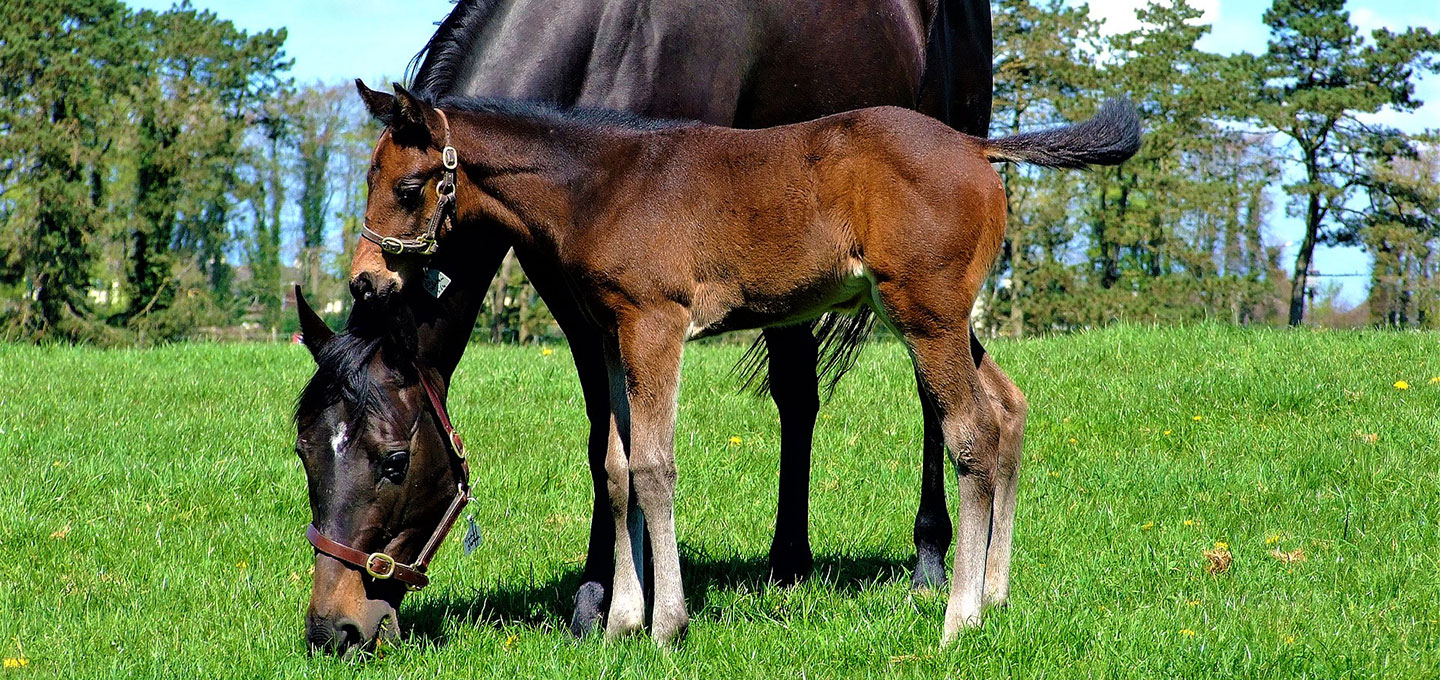Reverdy’s answer
The new born foal’s requirements in vitamins and trace elements is partly dependant upon the supply received by the dam during the gestation and more particularly during the three months before birth. Indeed, during the final part of gestation, the fetus stocks certain trace-elements (copper, zinc, manganese and iron) in his liver, supplied by the maternal blood circulation. He’ll use them during the first months of his life. This strategy of storing allows him to compensate for the deficiency of these elements in maternal milk. It’s the reason for which optimal cover of broodmare’s requirements at the end of pregnancy contributes to better prevention of osteochondrosis in future foals.
Regarding vitamins, maternal milk contains a variable level of vitamin A which depends on the dam’s status in this vitamin as well as the stage of lactation. As for vitamin D3, it is found in a low concentration in the milk, just like the B group vitamins. However the vitamin C level is satisfactory (about 4 times higher than cow’s milk).
Thus, covering the vitamin and trace-element needs of the new-born foal is possibly not optimally ensured by maternal milk. This situation is even more probable if foals are born during the first months of the year (January, February), period during which access to pasture is limited. Grass is a source of trace-elements and vitamins (or provitamins). Likewise, exposure to the sun’s rays (predisposing to the endogenic synthesis of vitamin D) is also reduced, and more time is spent confined to the stable because of climatic conditions. This is the reason for which we recommend using Reverdy STARTER during the first weeks of life. This 11 vitamin and 5 trace-element based supplement provides the new born foal with support right from birth, providing nutriments that are rapidly able to be used by his body.




